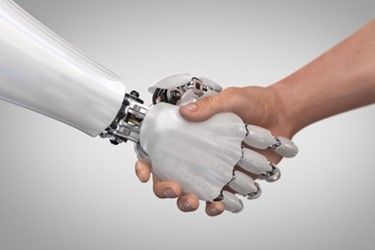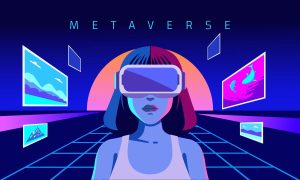
Augmented Intelligence: Unleashing the Power of Human-Machine Collaboration
In today’s rapidly advancing technological landscape, the terms “artificial intelligence” (AI) and “augmented intelligence” (AI) are often used interchangeably. While AI has undoubtedly transformed numerous industries and opened new possibilities, the concept of augmented intelligence holds tremendous potential for creating a symbiotic relationship between humans and machines. Augmented intelligence emphasizes the collaboration and enhancement of human capabilities by leveraging the power of AI technologies.
This article explores the concept of augmented intelligence and highlights why it offers unique advantages over artificial intelligence alone.
Understanding Augmented Intelligence
Augmented intelligence, coined by researcher and author Dr. Alex Kass, focuses on enhancing human intelligence rather than replacing it. It involves leveraging AI technologies, such as machine learning, natural language processing, and computer vision, to empower humans with advanced tools, insights, and decision-making support.
Rather than functioning autonomously, augmented intelligence systems work alongside human operators, augmenting their abilities and amplifying their potential.
The Power of Human-Machine Collaboration
Complementary Skill Sets: Augmented intelligence recognizes that humans and machines possess different strengths and weaknesses. While machines excel at processing vast amounts of data and detecting patterns, humans possess creativity, empathy, intuition, and the ability to navigate complex social dynamics. By combining these unique qualities, augmented intelligence enables a more comprehensive and efficient problem-solving approach.
Improved Decision-Making: Augmented intelligence systems offer humans the ability to make more informed decisions by providing real-time data analysis, predictive insights, and scenario simulations. By leveraging AI algorithms, humans can access and interpret data more effectively, leading to better-informed choices. For example, in the medical field, doctors can utilize AI-powered diagnostic tools to assist in accurate disease detection and treatment planning.
Enhanced Creativity and Innovation: While AI excels at automating routine tasks, it is still limited when it comes to tasks requiring creativity and innovation. Augmented intelligence recognizes and enhances the human capacity for imagination, ideation, and problem-solving. By leveraging AI technologies to automate repetitive tasks, humans are liberated to focus on higher-order thinking and devise groundbreaking solutions.
Ethical Decision-Making: One of the critical advantages of augmented intelligence is the incorporation of human values and ethical considerations into decision-making processes. Humans possess moral reasoning and judgment, allowing them to navigate complex ethical dilemmas that arise in various domains. Augmented intelligence systems can be designed to align with these ethical frameworks, ensuring that decisions are made in a manner that upholds societal values and respects individual rights.
Trust and Transparency: The black box nature of some AI algorithms has raised concerns about transparency and trust. Augmented intelligence seeks to address these concerns by emphasizing transparency in the decision-making process. By providing explanations, justifications, and insights into how AI systems arrive at their conclusions, humans can better understand and trust the technology, leading to increased adoption and acceptance.
Conclusion
Augmented intelligence represents a paradigm shift in the way we view the relationship between humans and machines. By harnessing the strengths of both entities, augmented intelligence offers a powerful approach to problem-solving, decision-making, and innovation. It recognizes the irreplaceable qualities of human intelligence, such as creativity, intuition, and ethics, while leveraging AI technologies to enhance our capabilities. Augmented intelligence has the potential to revolutionize various fields, including healthcare, finance, manufacturing, and education, by enabling humans to achieve new levels of productivity, insight, and creativity.
As we continue to explore and develop augmented intelligence, it is essential to ensure that the collaboration between humans and machines is built upon trust, transparency, and a shared understanding of the common goals we seek to achieve.

